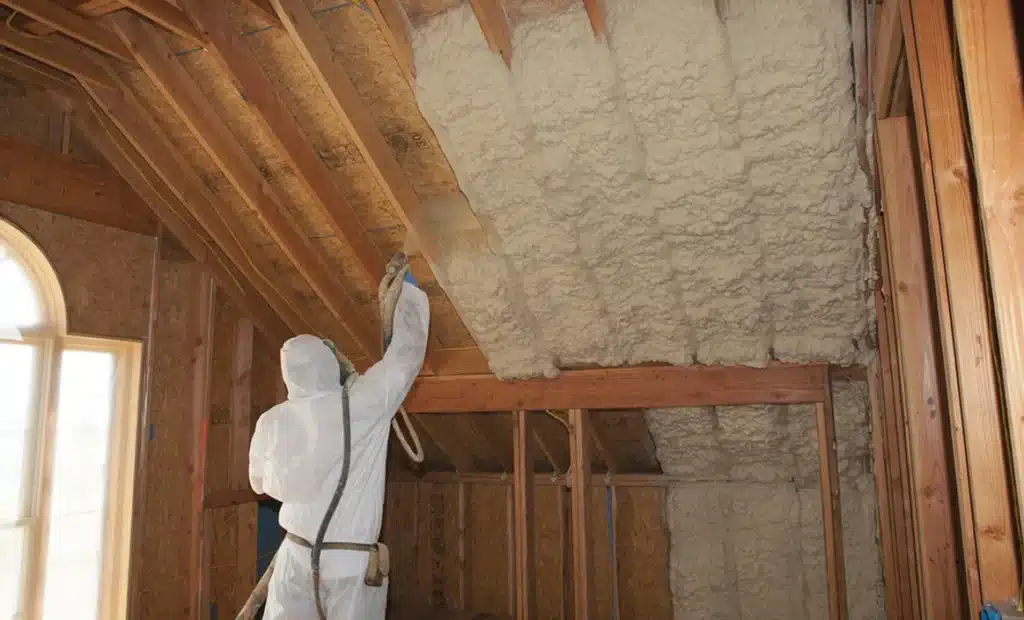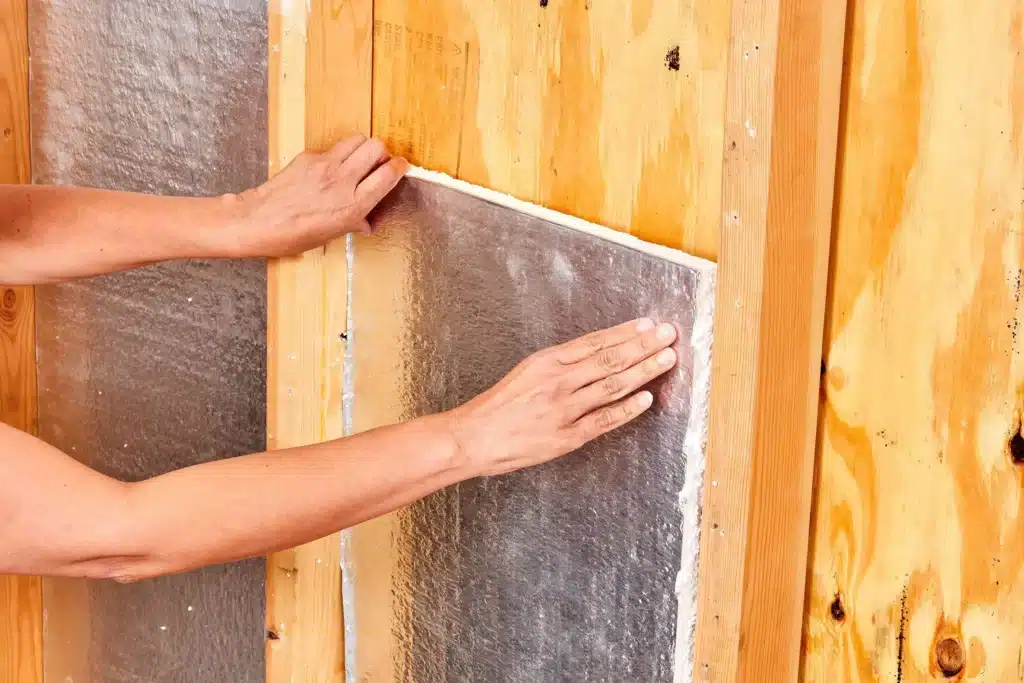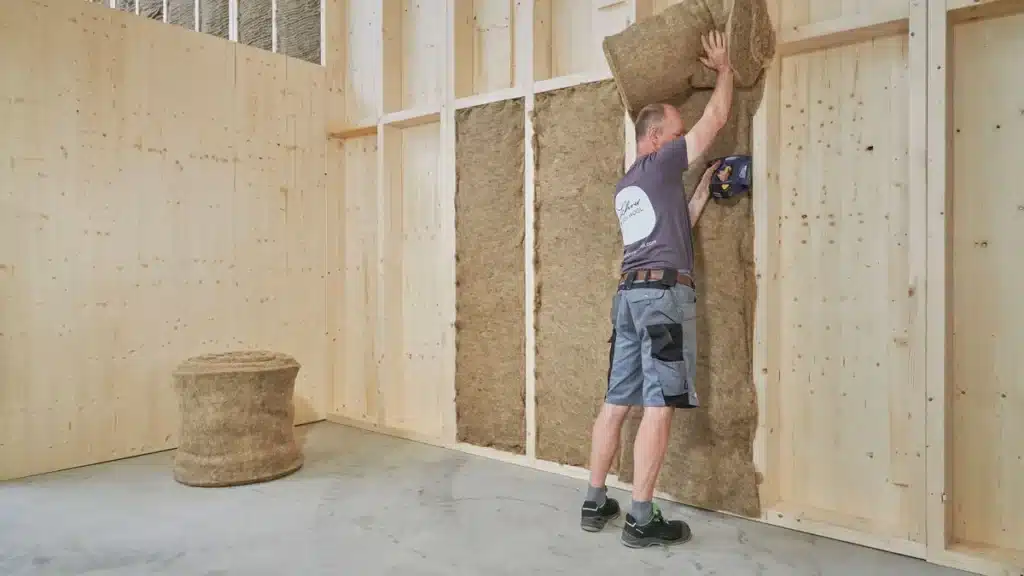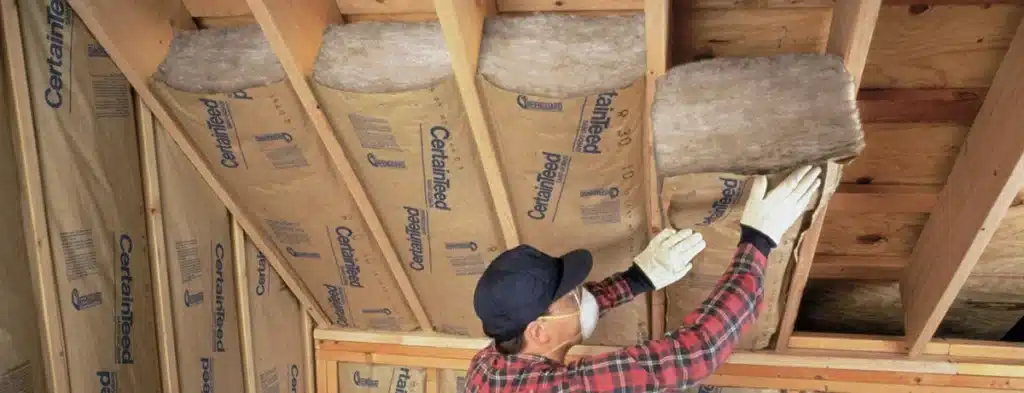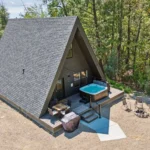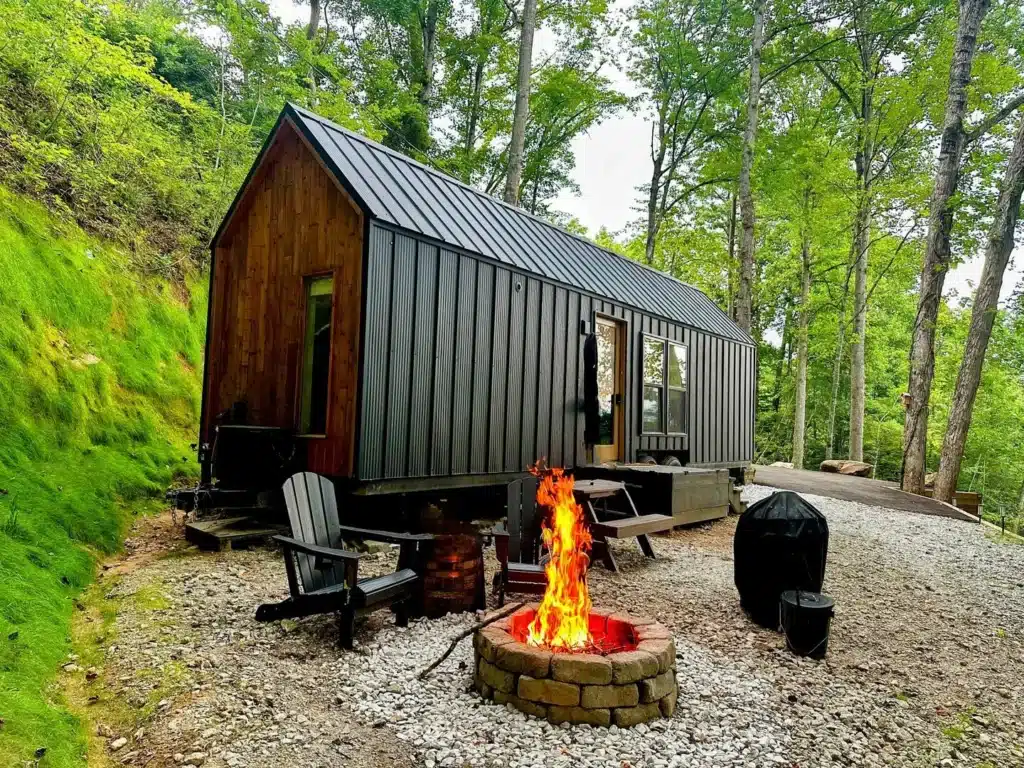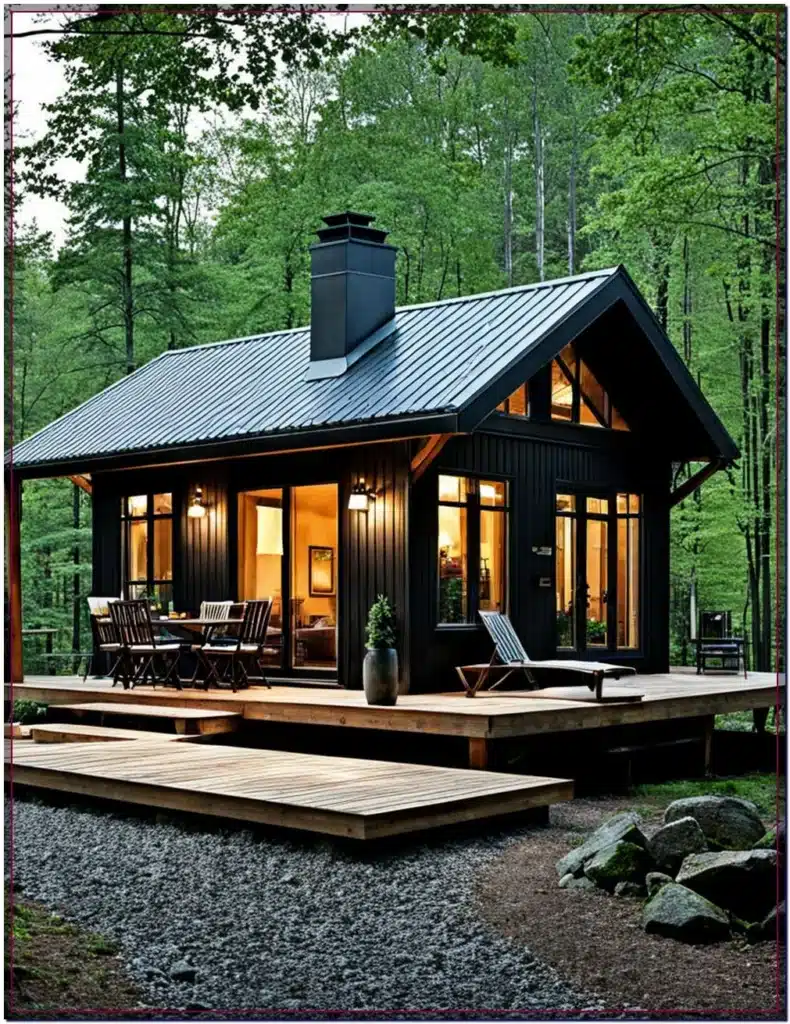Insulation is one of the most critical factors ensuring comfort in a home; tiny homes put even more fine points on it. Because of their diminutive size and often mobile orientation, insulating your tiny home well gives you comfort throughout the year, reduces your energy costs, and keeps the place dry-wet, thereby preventing mold. In freezing climates, when it’s parked there, or while moving to hot and humid environments, choosing the best insulation for the tiny home grants energy efficiency and livability.
Why Insulation of the Tiny Home Is Important
Tiny houses get affected by temperature changes more than the normal size of a house. Due to the small footprint, heat tends to escape quickly in winter and build up rapidly during summer. That’s why installing the right insulation for a tiny house is one of the most important steps in the building process.
Moreover, many tiny houses on wheels move between different climate zones. This means you need an insulation solution that works well in cold, hot, dry, and humid climates alike.
Tiny Home Insulation Option Under All Climates
1. Spray Foam Insulation
Spray foam insulation, mainly closed-cell, is the top pick for tiny homes. This insulation has one of the highest R-values per inch (R-6.5 to R-7) and forms an airtight seal capable of serving as a moisture shield and vapor barrier.
- Best for: Cold climates, humid areas, and energy-efficient applications
- Pros: High R-value, airtight seal, waterproof
- Cons: Pricey; if applied, cannot be taken off
2. Rigid Foam Board Insulation
Types of rigid foam boards foam include XPS, EPS, and polyisocyanurate; they are very light and thermally superior. Some foam boards have reflective foil layers, and these can be considered for tiny homes in hot climates.
- Best for: All climates, especially hot and dry ones
- Pros: Easy installation, cost-effective, lightweight
- Cons: Gap sealing is required to prevent thermal bridging
3. Sheep’s Wool Insulation
Natural wool insulation, famous for its eco-highway, boasts excellent moisture control, soundproofing, and thermal performances; it is favourites with builders of sustainable or green tiny homes.
- Best for: Humid conditions, eco-friendly builds
- Pros: Renewable, mold-resistant, breathable
- Cons: Pricey, must be pest-proofed
4. Fiberglass Batt Insulation
Although not a top choice among tiny homeowners, fiberglass insulation remains a widely available and budget-friendly option. However, installers need to place it with precision to avoid gaps and compression that reduce its effectiveness.
- Best for: Budget builds, dry or mild climates
- Pros: Least expensive, widely available
- Cons: Not moisture resistant, lower efficiency
Choosing the Best Insulation for Your Climate
- In Cold Climates: Use materials with the highest R-value, like spray foam with a closed cell structure or a polyiso foam board to keep heat in.
- In Hot Climates: Use reflective insulation along with rigid foam to keep out radiant heat.
- Humid Climates: Choose moisture-resistant materials such as treated wool or spray foam that won’t promote mold growth.
- Mixed or Mobile Climates: In these cases, builders often combine materials like spray foam and wool to achieve balanced performance.
Final Thoughts
Selecting the best insulation for your tiny home depends on your location, budget, and build style. Whether you’re off-grid, mobile, or stationary, the right materials will make a major difference in comfort, air quality, and long-term energy savings. Choose energy-efficient insulation that offers a high R-value, resists moisture, and provides a tight air seal for optimal performance.
By investing in proper insulation from the start, you’re building a more resilient, sustainable, and comfortable tiny home—ready for all climates and conditions.


